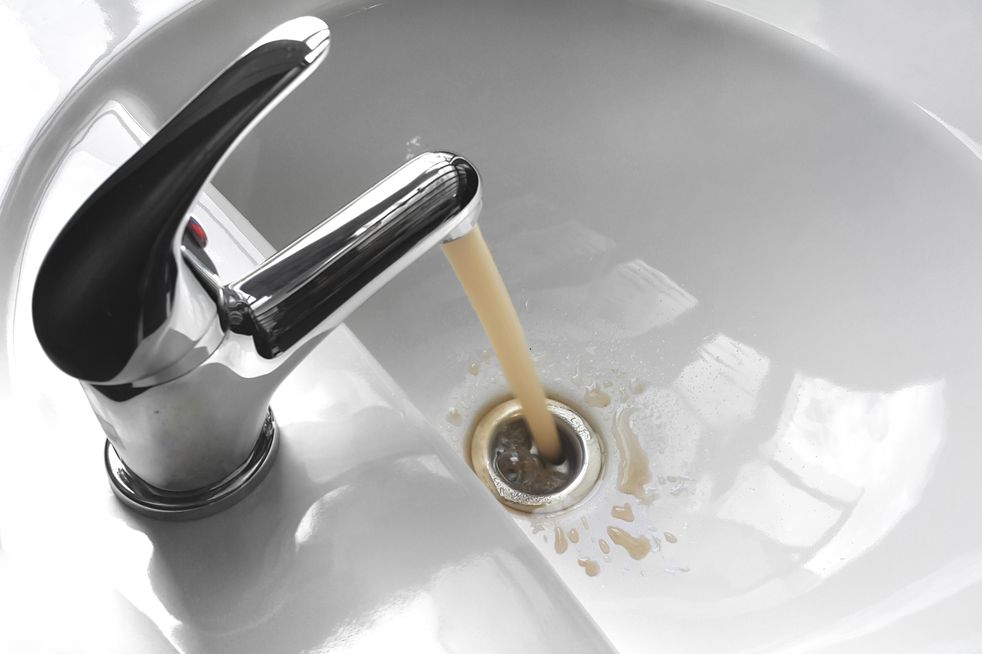Troubles that develop when one likes someone who does not reciprocateTroubles that develop when one likes someone who does not reciprocate
One can find themselves feeling helpless,vulnerable,and confused when they like somebody who does not share the exact same feelings as them. This can be a turbulent experience certainly. Unrequited love is typically accompanied by feelings of rejection and insufficiency,leading to low self-esteem and an increased sense of loneliness. Additionally,it might result in intrusive thoughts,obsessive behavior,and an inability to carry on with one’s life according to lifemagazineusa.com/.
Presume that you have actually been harbouring sensations for a female for a variety of years,but that she only considers you to be a good friend. Despite the fact that you covertly pine for her,she continues to date several other men. Your heart avoids a beat whenever she calls or wants to chat with you,and you are hoping versus hope that she will lastly confess her undying love for another individual. Every time she declines you or reveals no interest in you,it feels like a confirmation that you are not good enough from her perspective according to fantastic website.
It might be difficult to fully value oneself as a result of these difficulties,which might likewise have a negative effect on other aspects of one’s life,such as one’s expert life or their relationships with their household.
Handling the Pain of Heartache and Struggles of the Emotional Kind
In case it is not addressed in the appropriate way,the emotional toll of unrequited love can be ravaging and long-lasting. Taking the required actions towards recovery and healing is absolutely essential in order to be able to move past these obstacles and eventually discover happiness.
Approval of one’s sensations and the practice of self-compassion,which involves treating oneself with more compassion than one would deal with other individuals,is one technique taken. Assistance can also be acquired by discussing one’s emotions with loved ones or by looking for professional help from therapists or counsellors. Both of these choices are equally advantageous.
The pursuit of pastimes and participation in activities that bring joy can go a long way towards bring back mental equilibrium,despite the fact that this may sound like a cliché. When one discovers new interests or journeys to new areas,they may experience unexpected pleasures that help them develop space between themselves and the scenario that they are currently facing.
A wise individual as soon as stated that “you do not have control over the cards that life deals you,however you have control over how you handle those cards.” When approached in a constructive manner,the psychological suffering and emotional distress that arise from unrequited love can be viewed as a chance for individual development and healing.
In addition,it is of the utmost value to look for closure,especially in relation to relationships. Helping in the process of accomplishing closure,acquiring knowledge from the experience,and moving forward can be accomplished by acknowledging that it is not one’s fault.
In addition to this,it is vital to acknowledge that there are other people worldwide who would value it if one revealed their love to them in return. Putting oneself in a position to be open up to new chances can lead the way for the discovery of somebody who shares the exact same level of interest.
